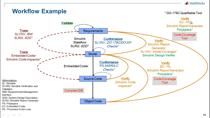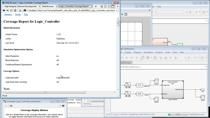What Is Software Testing? | Software Testing, Part 1
From the series: Software Testing
Explore what software testing is and understand its critical role in ensuring software reliability, performance, and user trust. Transition from manual testing to automated testing to systematically evaluate software applications, identifying bugs and errors early in the development cycle. Recognize the potential consequences of skipping testing through real-world examples, such as the Ariane 5 rocket failure, which highlight the importance of thorough testing to avoid financial loss and damage to a company’s reputation. Understand how to test small pieces of code in isolation by writing down expected behaviors and using automated testing frameworks to identify and fix bugs efficiently. An example using MATLAB® illustrates how unit testing works.
Published: 7 Jan 2025






